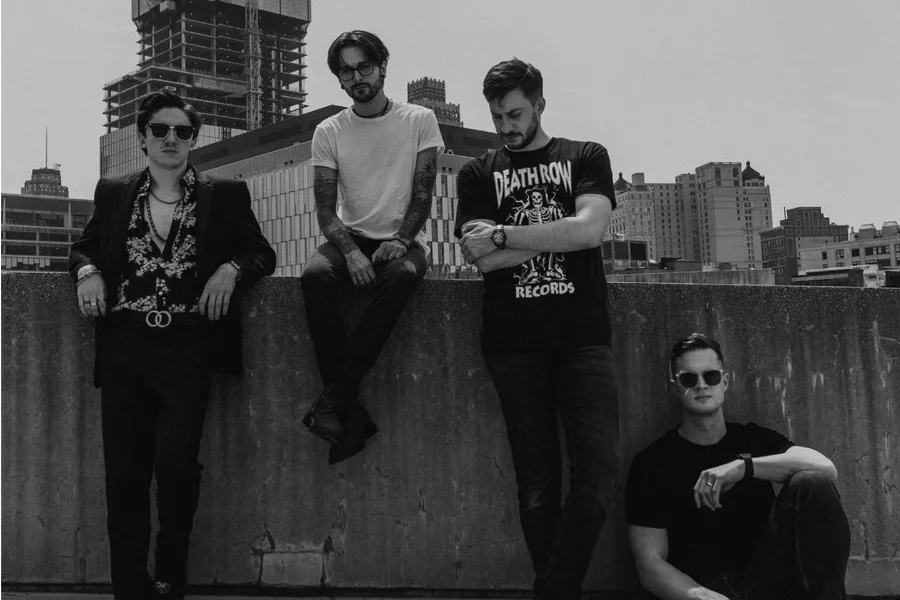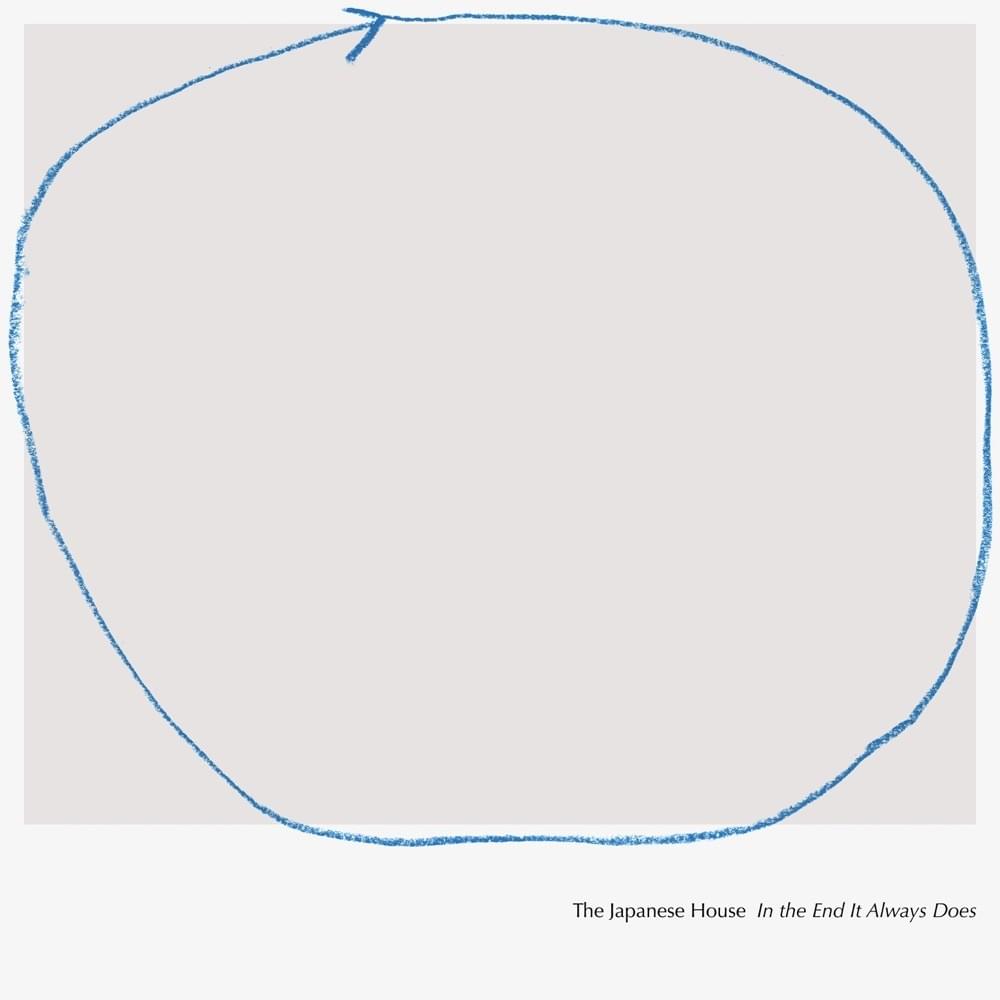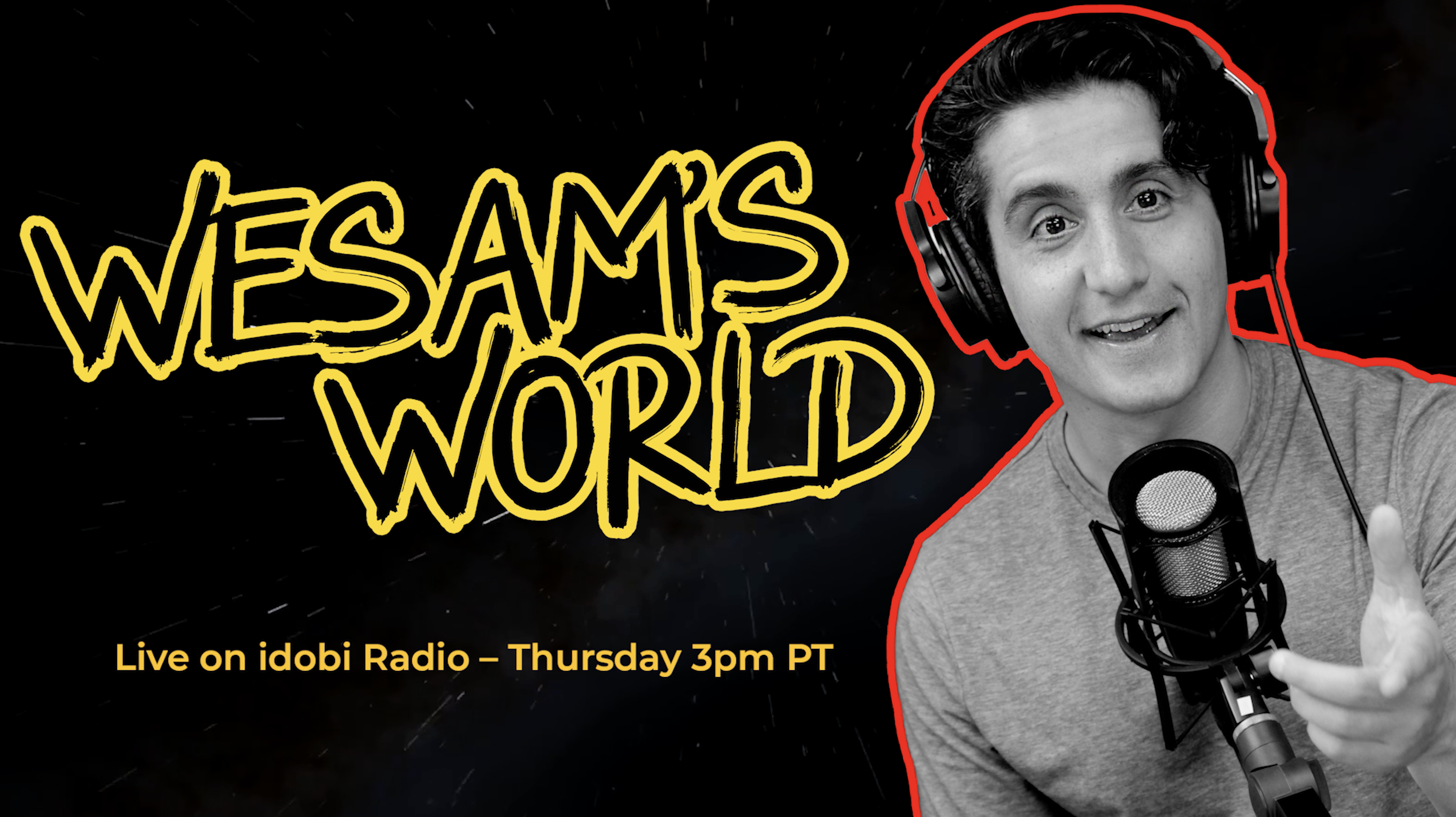If you are designing a new home recording studio, don’t forget to choose the right room, make it soundproof with ideal lighting, and invest in increasing home security with a commercial locksmith to help you keep your expensive new space safe.
Electronic Technology
The best technology for your home recording studio includes electronic equipment like a computer. A personal computer will be the primary resource you use for the recording process. It would be best if you had a new computer with a great deal of memory and processing power. Don’t try to rely on your smartphone or a tablet at all.
Include a digital Audio workstation or DAW. There are many popular brands that you can use on PCS or Macs. Similarly, you’ll need a digital audio interface to convert analog signals to digital files on your computer. Don’t forget a studio microphone. There are three types of microphones you will need:
- Dynamic microphones for vocal mics
- Condenser microphones to record instruments
- Ribbon microphones
You will also need microphone accessories like pop filters and dedicated microphone stands, and don’t forget music stands. Integrate some preamps that go between your digital audio converter and your microphone and some studio monitors, and a good set of headphones.

Acoustics
To produce the ideal acoustics in your new recording studio, you’ll need to soundproof the room. You can invest in acoustic foam sound absorbers that attach to your walls and help absorb any echoes that you don’t want to be recorded. You’ll need to invest in absorbers called bass traps in the corners of your room. It might cost around $300 to get an adequate number of sound absorbers, but it’s well worth the investment when you hear the end result.
Lighting
The proper lighting is essential because it helps alleviate stress and fill you with creative energy. You can choose between warm and cold light or reddish and whitish light. The whitish and blueish lights are often ideal for a recording studio. You can also invest in active lighting. Active lighting is any lighting system installed in and around your studio, controlled electronically. This is different from passive lightings, such as natural light from windows or light wells.
Layout and Seating
When it comes to the layout of your new home recording studio, you want to ideally select a space that is 20 ft by 30 ft. The best shape is a rectangle rather than a square. The reason for this is to create enough space for yourself and other musicians to play different instruments with the lowest number of flutter echoes or reflections. Tangentially, you also need to figure out the optimal listening position or where you put your desk and your chair. There is a rule called the Wes Lachot rule, which suggests that in a rectangular room, you want your seating to be at 38% of the longwall length. So, if your space is only 8 ft by 10 ft, then your chair and desk should be about 3.5 ft away and dead center. Monitors shouldn’t be put against a wall because it causes poor reflections.
In terms of seating, you should go with an office chair. Even though your new home recording studio is meant to be a fun, creative space, a traditional office chair will save you a great deal of physical discomfort. Consider that most of the time you spend in your recording studio will be at your desk, in front of your equipment, and you should be ergonomically comfortable. If you plan to have additional seating for people using your space, plush, comfortable chairs or a comfortable couch made from a material that doesn’t generate a lot of excess noise (like leather) is best placed around your desk area. If, for example, you have three people who are using your space, and you only need one of them to play their instrument again, the other two can sit on either side of your desk without detracting from the space.
Security For Your Studio
After investing so much in designing your new home recording studio, you need to protect it using the latest hi-tech security solutions. Hitech locks can keep things like your electronic technology safe when you are not using them. A commercial locksmith can install hitech locks outside tech cages and the recording studio door. What’s more, your home security can be boosted with CCTV security so you can monitor what is happening even when you are not present. With the latest CCTV security options, you can link it to an app on your phone so that you can get notifications whenever a door is opened or a unit is unlocked.





























